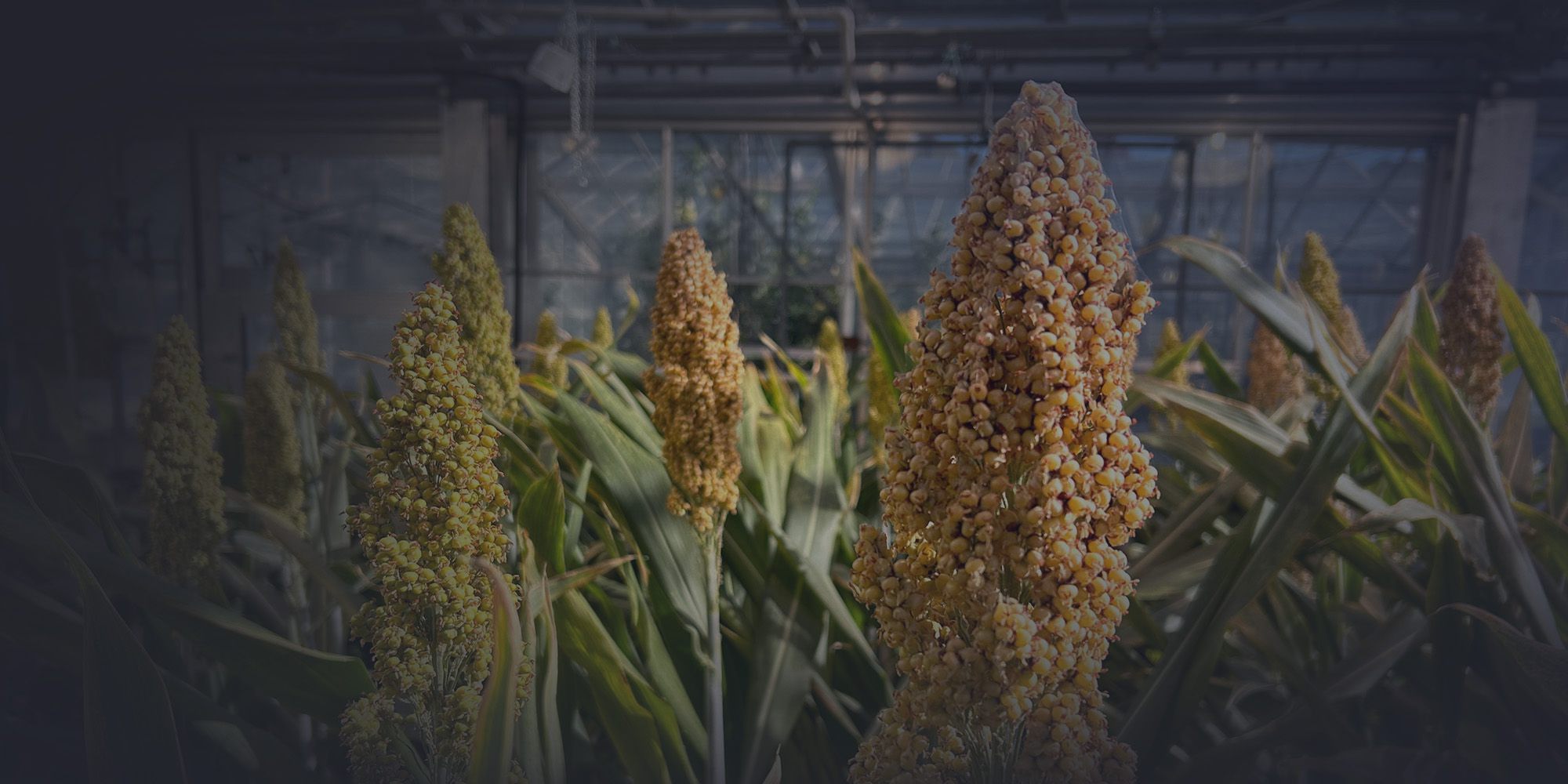Developing next-generation crops for carbon dioxide removal
Project Overview
We are reducing the bottleneck of translating findings from rice into sorghum, by improving its genetic transformation pipeline and unlocking its potential as a carbon dioxide removal (CDR) platform.
Sorghum is an important cereal and has been identified by the DOE as a flagship biomass crop. Sorghum is notable for its high productivity on marginal land, even under increasingly climate-driven conditions such as low nitrogen and low water availability. Importantly, sorghum can have a deep root system (>2 m) that our work demonstrates is critical to the long-lived sequestration of soil organic carbon. Pioneering work from our team has demonstrated efficient transformation; however, although genome editing of sorghum is possible, current low efficiencies are a barrier to our engineering approaches. We are building on our foundational work by applying new technical advances from IGI researchers to develop high-efficiency genome editing protocols for sorghum.
Read more:
- “The Crop of the Future”: Why Climate Scientists Are Sweet on Sorghum
- IGI’s overall work on using CRISPR for carbon removal.
Principal Investigators
- Myeong-Je Cho
- Peggy Lemaux
